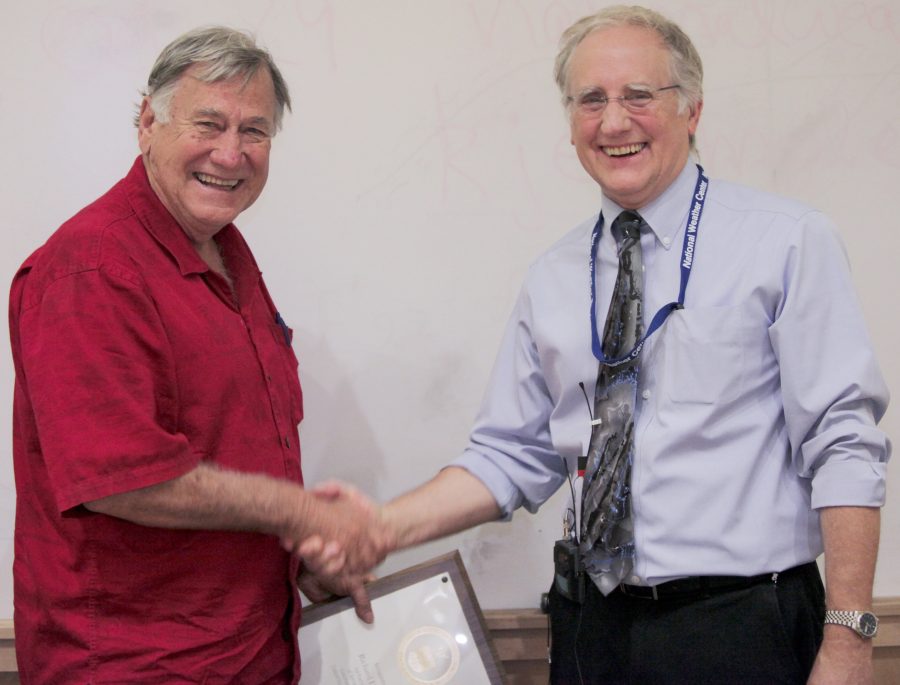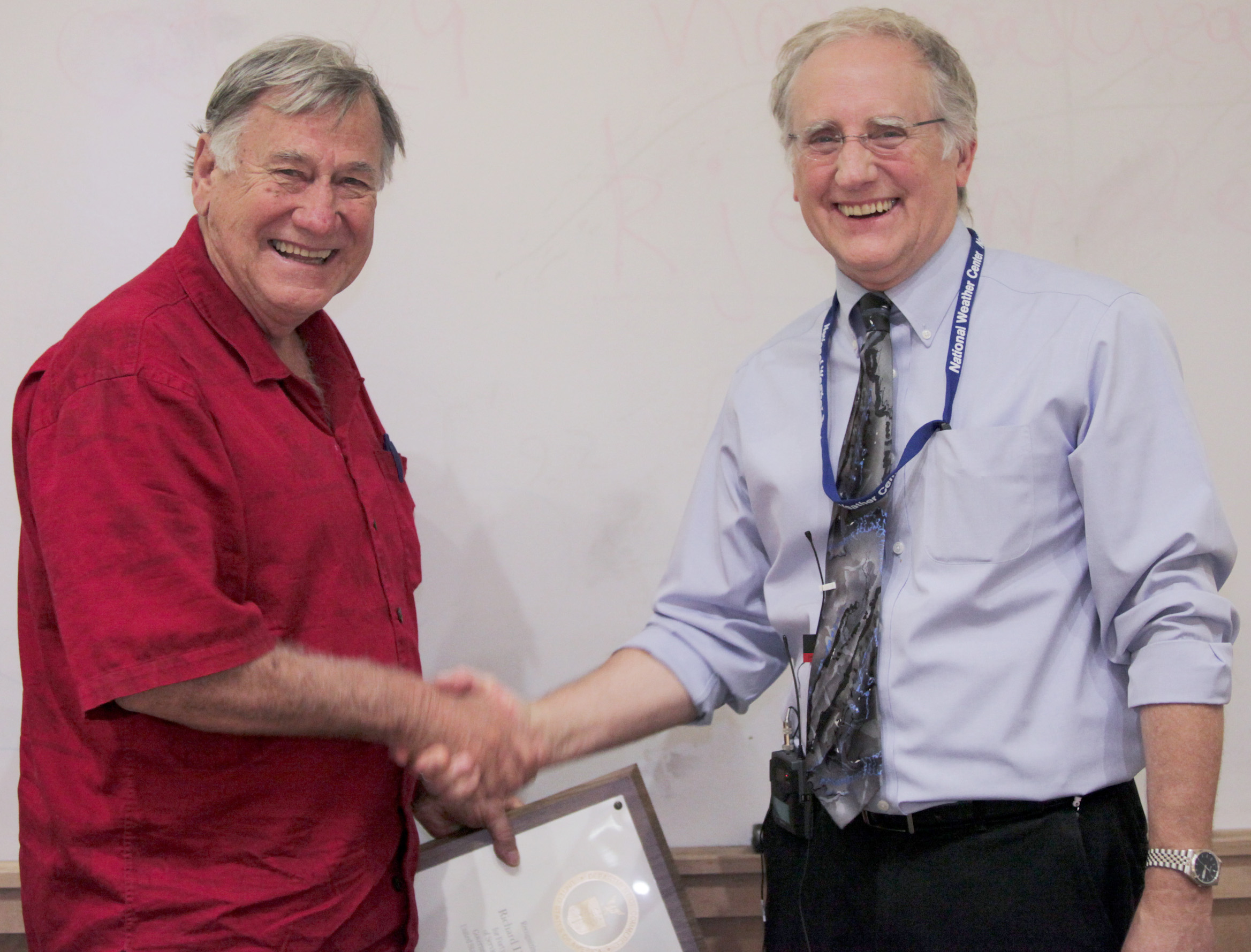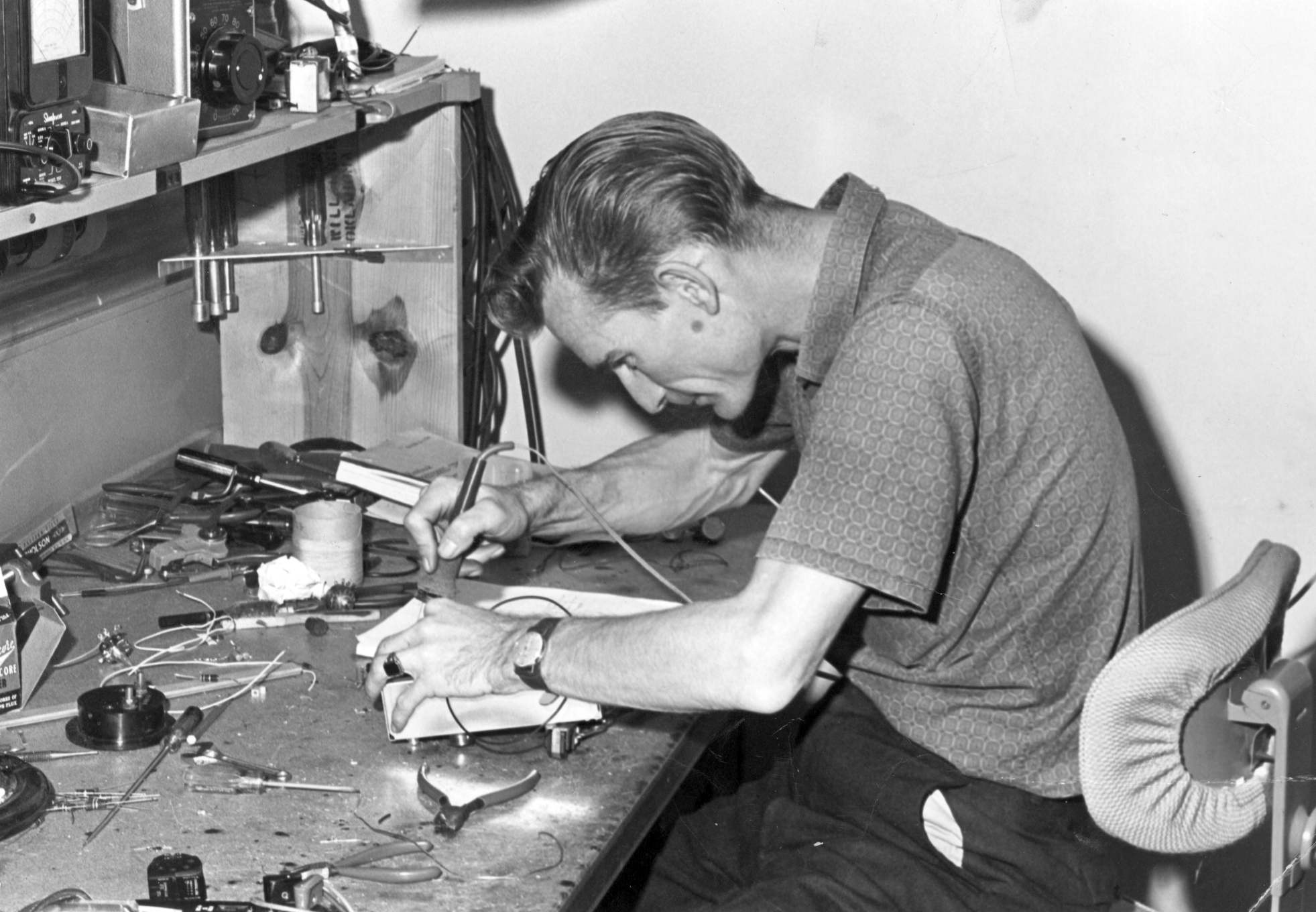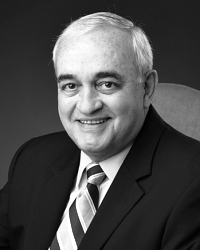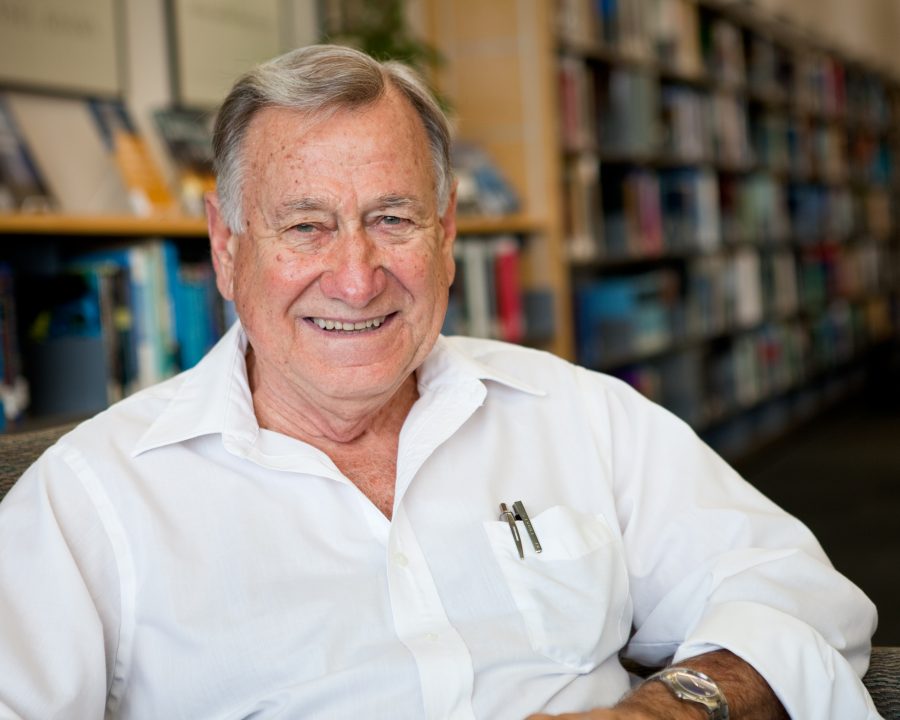
Richard “Dick” Doviak, a renowned radar engineer and professor, passed away recently.
Research conducted by Doviak and others at the NOAA National Severe Storms Laboratory helped convince the NOAA National Weather Service of Doppler radar’s crucial use as a forecasting tool. Their work led to the installation of a network of NEXRAD Doppler radars across the United States in the early 1990s and still in use today. This Doppler technology ultimately revolutionized forecasters’ abilities to understand and track severe weather, saving lives and property.
Doviak’s list of accomplishments is long. He managed several research projects, was a Fellow with both the Institute of Electrical and Electronics Engineers and the American Meteorological Society, and authored many articles published in more than 20 journals spanning interests in geosciences, engineering, physics, and meteorology. He also won a gold medal in the Oklahoma Senior Olympics for bicycling.
“Dick [Doviak] was always warm, generous, and friendly, the kind of person that we all enjoy having chance encounters with,” said Jack Kain, NOAA NSSL Director. “That part of his legacy will live on in all of us, and of course his contributions to science, engineering, and mentoring are legendary – at the lab, OU, and elsewhere. His work forms a large part of the foundation of NSSL, and indeed the national infrastructure, with the radar technology that he developed serving to protect lives and property across the nation every day. At NSSL we are all honored to have known Dick and worked with him.”
His career
Doviak received an invitation to join NOAA NSSL and lead the Doppler Radar Project in December 1971, almost 50 years ago.
“There were two priorities. One was using Doppler radar to study the dynamics of severe thunderstorms,” Doviak said during a “Radar Roundtable.” “The other priority was building a real-time display. I think NSSL had the very first real-time Doppler velocity display in 1972, as a matter of fact.”
Doviak led the radar project until 1987. NSSL spent nearly 30 years researching and developing Doppler radar technology.
However, Doviak considered polarimetric Doppler weather radar the most significant advancement in his field during his time at NOAA. Dual-polarization technology added to NEXRAD about 10 years ago provides National Weather Service forecasters a measure of the size and shape of precipitation and objects, like hail.
These early collaborations and discoveries impacted Doviak’s work and the advice he provided to students throughout his career.
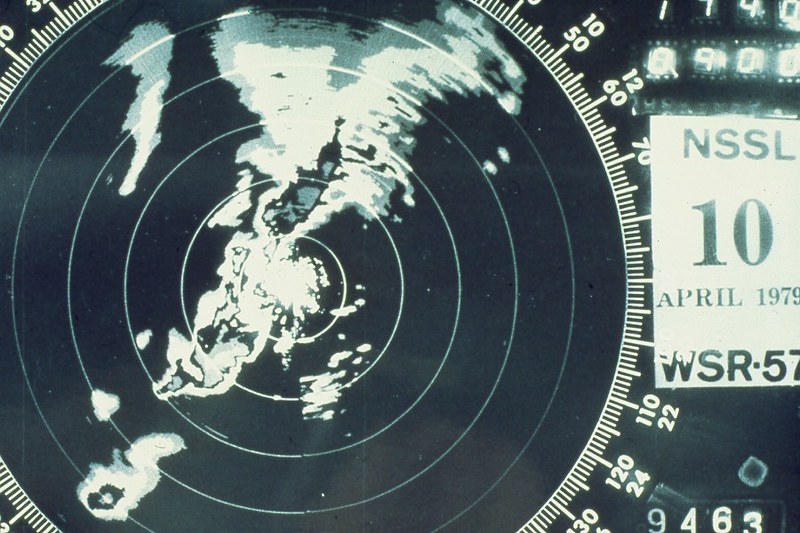
His heart
Doviak transitioned as lead on the Doppler Radar Project and became a senior research scientist at NSSL, as well as an affiliate professor with the University of Oklahoma (OU) School of Meteorology and the College of Engineering. One of the main reasons he chose to work at OU was the opportunity to teach and mentor students. Once he arrived, he was instrumental in developing the OU meteorology course on Doppler Radar with fellow NSSL Senior Scientist Dusan Zrnic.
“One thing about Dick is that he was always available to help mentor students,” said Kurt Hondl, NSSL deputy director. “Back when I was a grad student, Dick was always willing to review and discuss my thesis, even though he wasn’t on my Master’s committee.”
Doviak and Zrnic co-authored the book, “Doppler Radar and Weather Observations,” based on their OU course. The book is considered a necessary meteorology text by many in the weather community.
“For a young grad student, it was such a seemingly unreal experience to be discussing my results with Dick and Dusan [Zrnic] who had literally written the book on Doppler Weather Radar Observations. Of all my textbooks over the years, it is the one that I have cracked open time and time again throughout my career,” Hondl said.
Doviak enjoyed sharing his passion for research with those around him. He wanted to see everyone succeed. Researcher Sebastian Torres recalls one of his first projects as a Cooperative Institute for Mesoscale Meteorological Studies (CIMMS) researcher. In the late 1990s, Torres was working with Doviak to measure radiation patterns of the local KOUN Weather Surveillance Radar antenna. This research would serve as a proof-of-concept for the eventual upgrade of the entire NEXRAD network in the early 2010s.
“As a very inexperienced researcher, Dick caringly held my hand through complex data analysis processes and, with his characteristic humbleness, mentored me on the production of figures for formal publications,” Torres said. “Throughout this process, Dick taught me a very valuable lesson that has served me well in my scientific career: pay attention to every detail and leave no stone unturned. You never know where the key that opens the next big discovery will be.”
Sebastian said he will always remember Doviak’s inspiring enthusiasm and contagious joy for inquiry and discovery.
Doviak practiced the art of being good at your work, enjoying life, and being kind to everyone. Mass of Christian Burial will be celebrated and live-streamed from St. Thomas More University Parish, Norman, Oklahoma, at 11:00 am CT on March 23, 2021. A celebration of life is planned once everything is safer. Donations are encouraged to the American Cancer Society.

Richard “Dick” Doviak’s Awards
- 1980 NOAA Outstanding Scientific Paper
- 1981 NASA Group Achievement Award for distinguished scientific contributions to the definition, planning, and execution of the Doppler Lidar 1981 Flight Experiment.
- 1982 NOAA Outstanding Scientific Paper
- 1988 IEEE Fellow
- 1988 IEEE Harry Diamon Memorial Award for outstanding technical contributions in the field of government services in any country.
- 1993 IEEE Geoscience and Remote Sensing Society Outstanding Service Award
- 1999 AMS Fellow
- 2014 NOAA Distinguished Career Award “for development of breakthrough radar methods that have greatly enhanced operational severe weather detection and advanced meteorological research.”
- 2016 Remote Sensing Prize for “fundamental contributions to weather radar science and technology, with applications to observations of severe storms and tropospheric winds.”
